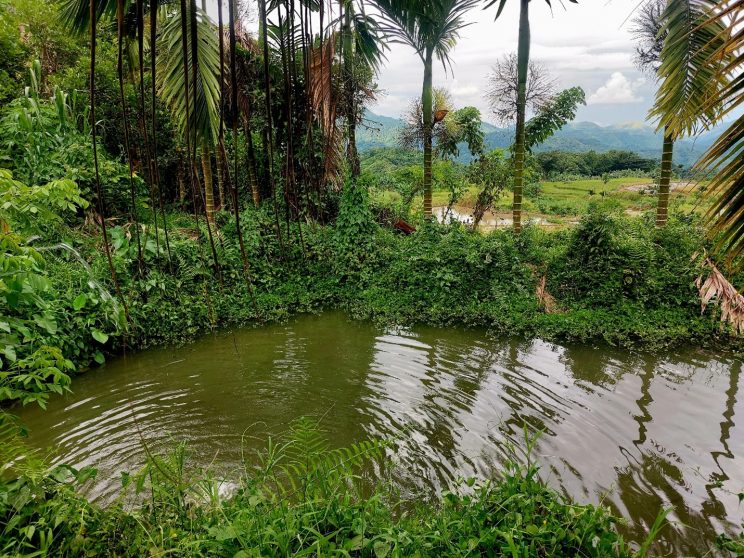By: Inez Ponce de Leon - @inquirerdotnet
Ambeth Ocampo, my friend and colleague from both the Ateneo and the Inquirer, had an interesting column last week. He talked about how he had to learn Spanish in college, and then linked it to the value of Filipinos learning another language besides English and Filipino to equip themselves for a globalized world.
To this, I have two things to add.
First, I agree with the idea of investing time in learning a language. Most people will contend that they are too old or too busy to do it. A 2019 review of research over the past decades by Fox and colleagues, however, shows that being multilingual has a wide range of benefits, no matter what age you start learning.
Multilingual people can associate with multiple cultures and are more confident. Later in life, those who spend time learning languages also have stronger memory, can do more cognitive tasks, and delay the onset of dementia.
Language learning can be difficult and costly, but there are free, helpful apps. Ambeth and I use Duolingo. I’ve been on a streak for over six years now: I started with Italian; when I finished it, I added Spanish, French, Portuguese, and Ukrainian. I spend 30 minutes a day on weekdays, 90 minutes on weekends.
What’s the point? Language learning has indirect benefits: The brain stretches its memory-retaining muscles, so to speak, because it is forced to remember where words are placed, how sentences are formed, how verbs are conjugated to meet both tense and doer. This is why most of our first memories revolve around our first words: The capacity to remember things is connected to the capacity to connect words with objects, and objects to meaning.
Learning languages has since helped me spot themes in data, making analysis easier; it also helps me check students’ papers faster.
This brings me to my second point: The fruit of learning new things goes beyond knowing.
A student recently posted online that she didn’t need to learn things beyond her college major, like writing, languages, or philosophy. She needed only science because it was the only thing she would ever need anyway.
I was disappointed in the post and those who agreed with it. To confine oneself to a single field is to betray one’s ignorance of how all fields and professions are integrated—how all fields and professions should work together to solve our wicked problems. To ask, “Why do I have to do this?” is to refuse to learn how other fields are related to one’s own.
True: having more classes does not mean better students; but having quality classes, even in subjects outside one’s field, can strengthen one’s toolbox of ideas and skills. Having well assessed tasks can also help students grow beyond the classroom.
Writing research papers, for instance, helps students organize their thinking and trains them to always cite sources for their claims. Relegate the entire task to ChatGPT, and a student loses their ability to work independently. They are no better than the troll that ends their empty rhetoric with “you’re ugly and stupid.”
Interpreting literary texts helps students deepen their understanding of the human condition, allowing them to develop a sense of empathy. Philosophy trains them to use logic to build arguments. To dismiss such fields and skills as useless betrays a lack of imagination.
This lack of imagination then leads to arrogance, in this case, the state in which one refuses to learn new things because they believe that they should learn only what their field appears to be about. This is arrogance because a beginner in the field truthfully has no idea what the future will hold and how their field will evolve.
They have imprisoned themselves in the present and condemned themselves to a state of not adapting to the changes that will eventually, inevitably come—because knowledge will not always be the same.
That, too, is the gift that any kind of learning brings: the willingness to open oneself to other worldviews in a globalized world.
One might be learning a new language in their old age, restarting their career in middle age, reading a new author in college, embarking on a project in high school, identifying colors in elementary, forming their very first word—learning is and should always be a joy, whether or not one is in school, no matter what field one is in.
iponcedeleon@ateneo.edu
Read more: https://opinion.inquirer.net/?p=162663#ixzz7zwsPNijJ
Follow us: @inquirerdotnet on Twitter | inquirerdotnet on Facebook





